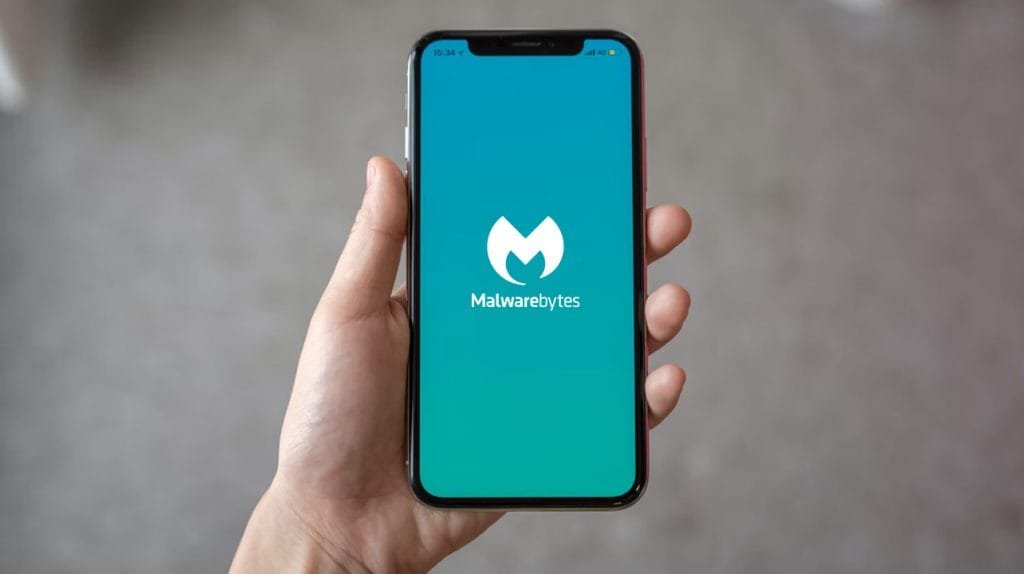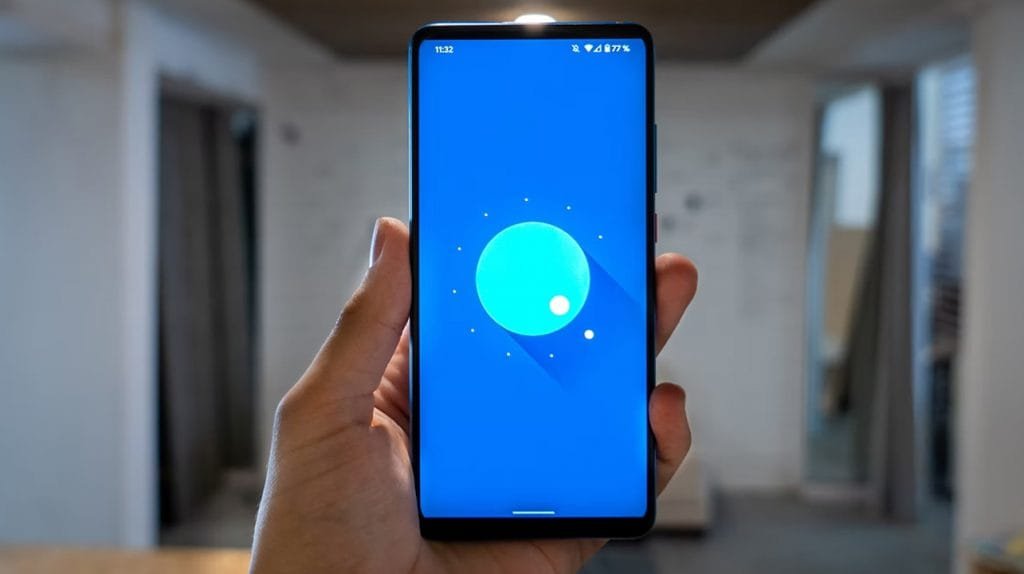Is your Android smartphone giving troubles? Is it running sluggishly or just being randomly a bit weird. It may be because you have a problem with malware, or a Potentially Unwanted Program (PUP).
So what’s the best way to check for any malware on your device?
It’s simple. Grab yourself an anti-malware tool and it won’t take long to install the app, get it going and run a scan. Here is your how-to guide –
1. Get yourself a good anti-malware app
First things first, you’ll need a specialist piece of software. In order to root out and destroy any malware which might have infected your smartphone – malware detection and removal is not something that can be done manually.
If you already have an anti-malware app installed, then all well and good, of course you can use that. However, if not, then you obviously want to use one of the top tools available.
Note that before you install your new tool, you may wish to back up your phone. Post that embark on a seek and destroy mission for malware if you haven’t done so recently. This is something you should do on a regular basis anyway.
2. Malwarebytes setup
Upon first running the app, you’ll need to tap the ‘Get Started’ button, then give Malwarebytes the necessary permissions. It needs to be able to scan your phone’s storage and system.
Press ‘Give Permission’ to do so, then tap ‘Allow’. Following that you’ll see a screen which explains that you’re on a Premium trial for 30-days. After that period elapses, you will revert to the basic free app (which has much less functionality: all you get with the freebie is on-demand scanning for malware, that’s it). If you wish, you can upgrade to a paid membership here by tapping ‘Buy Premium now.’

3. Scan for malware
You can now press the blue ‘Scan your device’ button. Although if you hit ‘Skip’ on the trial screen, or opted to subscribe to Premium from it then you can initiate a scan from the main menu of the app. Just tap the big green button labeled ‘Scan Now’ in the middle of the screen.
4. Scan in progress
The malware scan will run and may take some time. It’ll flash the various different applications and files being checked at the bottom of the screen. Progress bar above shows how far through the process is.
While an initial scan may take five to ten minutes, future scans will typically take less than a minute.
5. Scan results
When the scan is finished, Malware bytes will display the results in full. It also includes anything suspicious which the app has detected.
At this point, the application may have found nothing, and in that case your smartphone has a clean bill of health – you don’t need to do anything else.
If something dodgy-looking has been picked up by Malware bytes, however, then you’ll need to deal with it…

6. Threat found
If there is something nasty or at least possibly malicious or undesirable on your smartphone, it’ll be marked as either a Potentially Unwanted Program (PUP) or an outright piece of malware.
If it’s the latter, then you can choose to remove it immediately. This you’ll doubtless want to do – unless you know that the file is legitimate. In this case, you can choose to ignore the app’s warning. Occasionally, genuine files can be mistakenly identified as malware, which is known as a ‘false positive’. Choose ‘Ignore Always’ and that tells the app to leave the file alone and never flag it again in scans.
With a PUP, which could be something moderately unpleasant like adware, you have the same choice to remove or ignore it. You also have a feature ‘Ignore Once’. This will let it slide this time, but it’ll get highlighted again in your next malware scan. The latter option is there to give you a bit of time to look up the Potentially Unwanted Program and see if it really does seem dangerous, or whether it’s something you can safely leave alone.
Remember, these are only ‘potentially’ unwanted entities. So there’s more chance that something in this category is relatively harmless (compared to malware which is surely going to be damaging, unless it’s a false positive as mentioned). That said, if you’re not sure about something, being overly cautious is generally the best policy. So, err on the side of getting rid.
7. All done – but watch out for ‘critical issues’ too
When you head to the main menu/dashboard after your scan is complete. You’ve taken necessary actions with any threats that are found. The app will also warn you here if, infections aside, there are any other critical issues (or non-critical ones for that matter) with your device. In our case, there was one, namely that the ‘draw over other apps’ permission was not switched on. We had to enable it in order to show remediation instructions with the app’s anti-ransomware protection. You can fix any individual issues by pressing the blue buttons which appear with the explanations of these problems. Else, you can solve them all in one go by tapping on the red ‘Fix now’ button (there’s a box to ‘Ignore all non-critical issues’ to leave these out of the equation if you tick it, as well).


